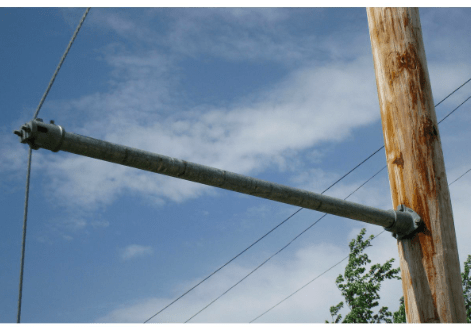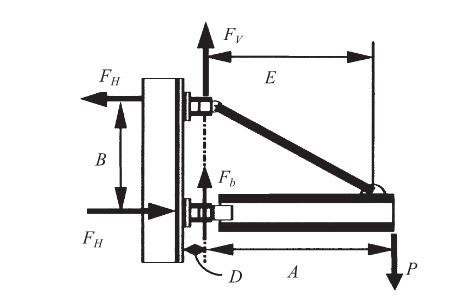XR250
Structural
- Jan 30, 2013
- 5,955
Has anyone ever seen one of these fail? Seems unstable. How does the pipe have enough lateral stiffness to brace the joint? I know we have discussed this previously with trusses and I think we concluded that, in part, gravity was helping keep the brace from rotating. Gravity does not help in this situation.



![[ponder] [ponder] [ponder]](/data/assets/smilies/ponder.gif)
